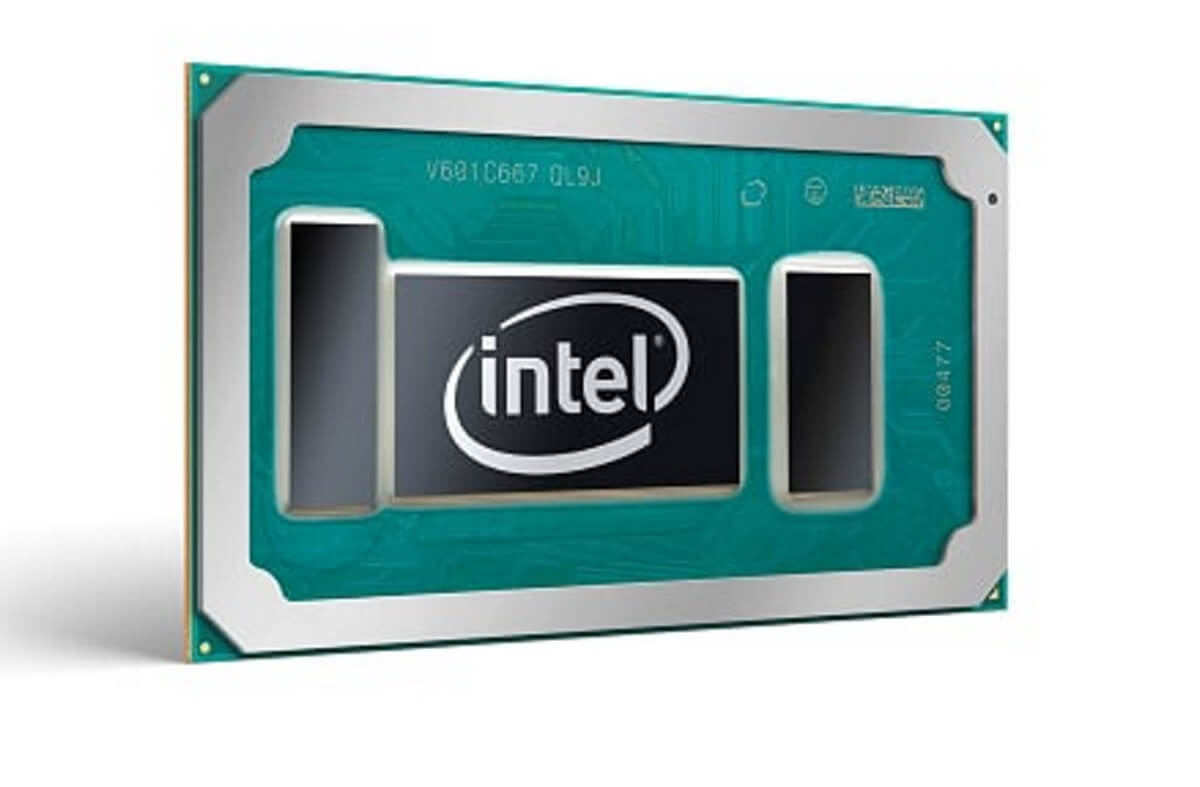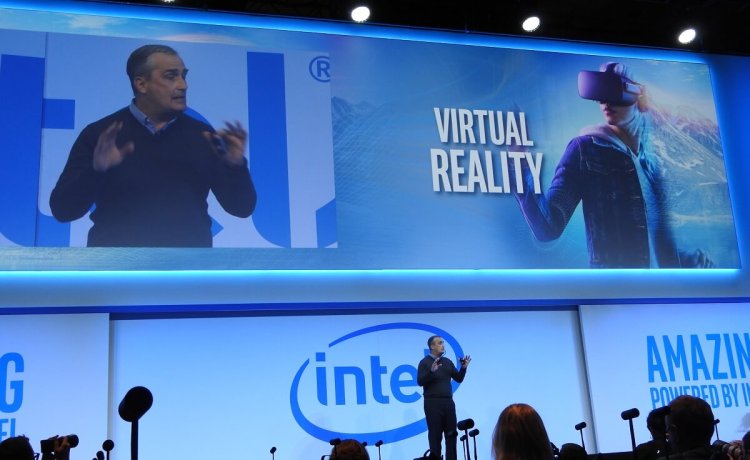Intel reported fourth-quarter earnings that were mixed, missing its target on earnings per share but beating estimates for revenues. The results were driven by revenues from desktop and laptop computer chips, data center chips, and the Internet of Things.
Analysts had expected Intel to report earnings per share of 75 cents on revenue of $15.8 billion for the fourth quarter. For the full year, they were expected earnings per share of $2.67 on revenue of $58.9 billion. Q4 earnings came in at $3.6 billion, or 73 a share, on revenue of $16.4 billion. A year ago, earnings per share were 74 cents, with revenue at $14.9 billion.
Intel stock is up 2 percent to $38.32 a share in after-hours trading.
During the quarter, Intel shipped more of its code-named Kaby Lake processors for computer makers who launched the system at CES 2017, the big tech trade show in Las Vegas in the first week of January.
“The fourth quarter was a terrific finish to a record-setting and transformative year for Intel,” said Brian Krzanich, Intel CEO, in a statement. “In 2016, we took important steps to accelerate our strategy and refocus our resources while also launching exciting new products, successfully integrating Altera, and investing in growth opportunities.”
Net income for the year was $10.3 billion, while overall revenue for the year was $59.4 billion. A year ago, net income was $11.3 billion on revenue of $55.4 billion.
Intel’s most profitable segment is the data center group that sells chips for servers, the computers that process transactions in huge data centers. Data Center Group revenue was $4.7 billion in Q4, up 8 percent. Internet of Things revenue was $726 million, up 16 percent. Client computing revenue was $9.1 billion, up 4 percent. Non-volatile memory revenue was $816 million, up 25 percent. Intel Security Group revenue was $550 million, up 7 percent. And programmable solutions were $420 million, with no comparison to the year before because of the 2016 Altera acquisition.
Intel faces threats from multiple competitors. It has largely lost the mobile processor battle to Qualcomm, whose Snapdragon processors are used in almost all mobile smartphones and tablets. Nvidia is increasingly competitive in the data center and connected cars with its artificial intelligence chips. And Advanced Micro Devices has touted its Zen architecture for desktops, laptops, and servers coming this year. Those are big challenges that Intel faces in a multi-front war.
But it is still benefiting from trends such as demand for the Internet of Things, or making everyday objects smart and connected. Devices such as internet-connected cars, refrigerators, thermostats, and pet collars will represent a huge opportunity that could grow into the billions of units over time.
For the first quarter of 2017, Intel forecasts revenue of $14.8 billion and gross margin percentage of 62 percent. Full-year capital spending for 2017 will be $12 billion, while R&D spending will likely be $20.5 billion.

Above: Intel Kaby Lake processor
VentureBeat's mission is to be a digital town square for technical decision-makers to gain knowledge about transformative enterprise technology and transact. Learn More

